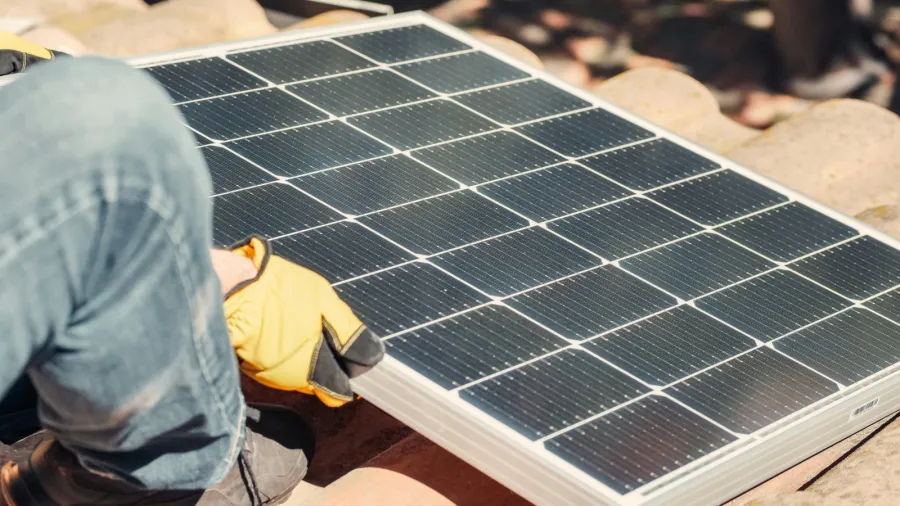
Trump 2.0 could thump India's solar ambition
Its solar companies may need to set up manufacturing plants in the US to bypass tariffs.
US President-elect Donald Trump could derail New Delhi’s export ambition for solar panels amidst expectations for the US to increase tariffs and limit demand for eco-friendly imports.
India’s exports could be hit considering Trump’s past actions as president, including imposing a global tariff on solar imports and exploring duties for Southeast Asian suppliers, Sooraj Narayan, principal analyst and head of Asia-Pacific power modelling at global research and consultancy firm Wood Mackenzie, told Asian Power.
“Indian exporters might need to price higher tariffs or explore localised production in the US to stay competitive,” he added.
He noted that in the first six months of financial year 2024 to 2025, India exported about $650m worth of solar modules, with the US taking a 96.2% share.
A year after he was first elected president in 2017, Trump imposed a 30% tariff on solar panels, which made them more expensive, discouraging their use, according to the Solar Energy Industries Association.
Narayan warned that a bilateral trade approach could mean stricter conditions because the White House is likely to focus on cutting its trade deficit with India, which stood at $35.32b in fiscal year 2023 to 2024.
“This might force India to allow more US imports or negotiate concessions to retain access to solar exports,” he added.
Narayan noted that solar demand could be hurt if Trump cuts clean energy incentives like the Federal Investment Tax Credit, which reduces the income tax liability of a solar system installed during the tax year.
Vibhuti Garg, director for South Asia at the Energy Economics and Financial Analysis (IEEFA), said reducing clean energy incentives could cut jobs in businesses set up under carbon emission reduction laws.
“However, as far as India’s trade ties with the US are concerned, I think India is an ally,” she said. “Given that they want to restrict Chinese products, that still gives India a big market for US exports.”
Garg said there is a huge market elsewhere. “The US was definitely a less risky market but if it persists, India will start looking at buyers and build manufacturing bases in the Southeast Asian market.”
Indian solar manufacturers exported about $2b worth of photovoltaic modules in fiscal year 2024, 23 times bigger than in 2022, according to JMK Research. The rest of India’s solar modules are exported to South Africa, Somalia, Kenya, the United Arab Emirates, Afghanistan, Nepal, and Bangladesh.
On the other hand, India might replace Southeast Asian nations as the leading supplier of solar panels to the US if its Inflation Reduction Act — a federal law that promotes investment in domestic energy production and clean energy — is not repealed, Narayan said.
The US government might extend tariffs to imports from Southeast Asia as a result of an antidumping and countervailing duty investigation by the US Department of Commerce, according to IEEFA.
Vietnam, Malaysia, Thailand, and Cambodia, account for three-fourths of the US’ annual photovoltaic requirements, and if found guilty, the import duty on these countries would equal that of China, which could benefit India.
“If Southeast Asian exporters face more tariffs or restrictions, Indian manufacturers could capture that demand and build stronger US partnerships, which could offset some risks,” Narayan said.
Roshna N, a research analyst for energy transition at Wood Mackenzie, said India’s growing capacity could expand further in the US, which does not have any commercial-scale ingot and wafer manufacturing capacity.
Narayan said Indian solar photovoltaic companies should ensure supply chains align with US labour and environmental requirements and consider establishing manufacturing operations in the US to bypass tariffs.
“They can also work with trade bodies and bilateral forums to push for fair and stable trade terms,” she added.

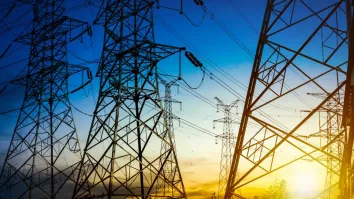




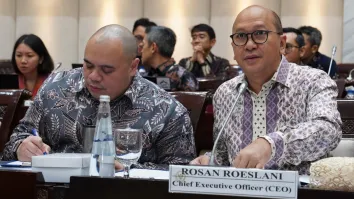


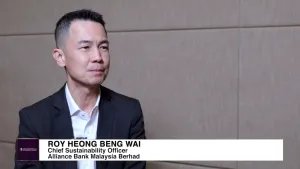


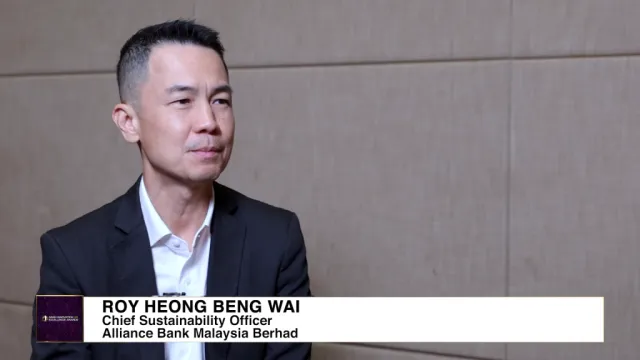




 Advertise
Advertise







